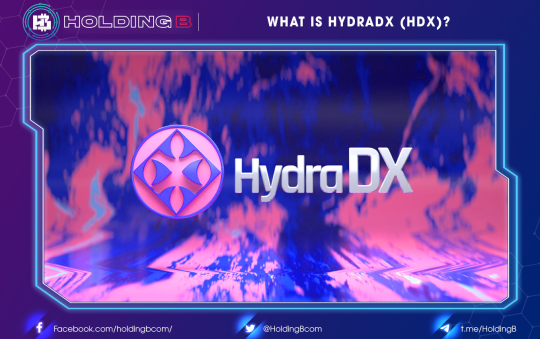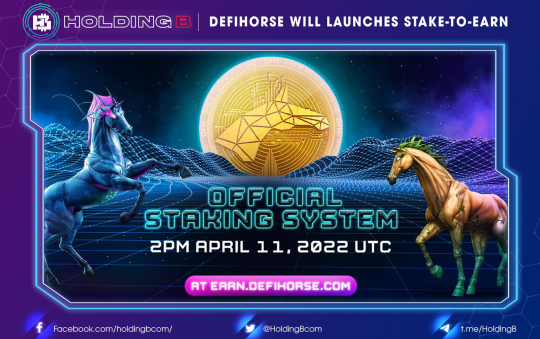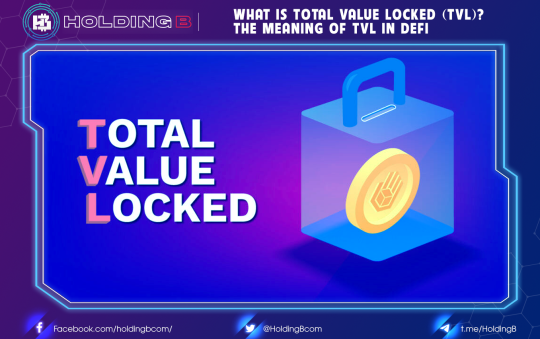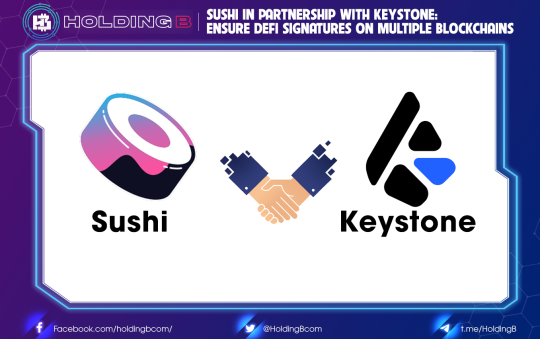What is Defi?
In most simple terms, decentralized finance is an ecosystem of financial applications based on Blockchain technology that operates without any third-party or central administration intervention. It uses a P2P network to establish decentralized applications that would enable everyone to connect and manage their assets regardless of their status and location. It aims to provide an open-source, transparent and permissionless financial service environment.
Smart contracts are the foundation layer for decentralized finance as they are self-executing and do not require intermediary oversight.
Read more: What is DeFi? Decentralized Finance Overview
Defi Lending
DeFi Lending are products that act like traditional banks, allowing users to borrow money or deposit money at a certain interest rate. But unlike traditional banks that operate centrally, DeFi Lengding is decentralized and based on a peer-to-peer network without the intervention of an intermediary. Stored transactions and acceptance will depend on the consensus of the entire network.
DeFi crypto lending platforms allow anyone to make loans to crypto assets in a trustless, middle-class way. Any user can use the amount of crypto they have not used to lend on DeFi lending platforms and earn profits. Because it is based on a peer-to-peer network, loans will be made directly to the lender, which reduces reliance on intermediaries as well as costs.
Among all the types of DApps currently on the Decentralized Finance (DeFi) scope, DeFi Lending applications are experiencing the highest growth rate. According to crypto research firm Messari, DeFi Lending is currently leading in terms of ROI (return of investment), followed by Decentralized Exchanges (DEX) and DeFi Payments.
Compare DeFi Leding and Traditional Lending
DeFi Lending platforms possess the criteria of Blockchain, which traditional platforms do not have:
Transparency: DeFi works decentralized. The Smart Contract will process the loans and record them on the Blockchain for everyone to verify.
Easier Access to Asset: DeFi Lending platforms do peer-to-peer sending and receiving. Assets will be transferred directly between the lender and the borrower. Easy user access to assets.
Convenient and fast: To borrow or lend you only need an account on the DeFi Lending platform, an e-wallet. All these activities you can do on mobile phones, tablets and PCs. Anywhere, anytime you can do Lending DeFi.
Price Efficiency : DeFi’s ability to quickly attract more users through ease of access, arbitrage business opportunities and transparency in financial disclosure will boost price efficiency.
Fairness, equality: Decentralization will ensure no prioritization. Transactions when written to the Blockchain will not be changed and executed sequentially.
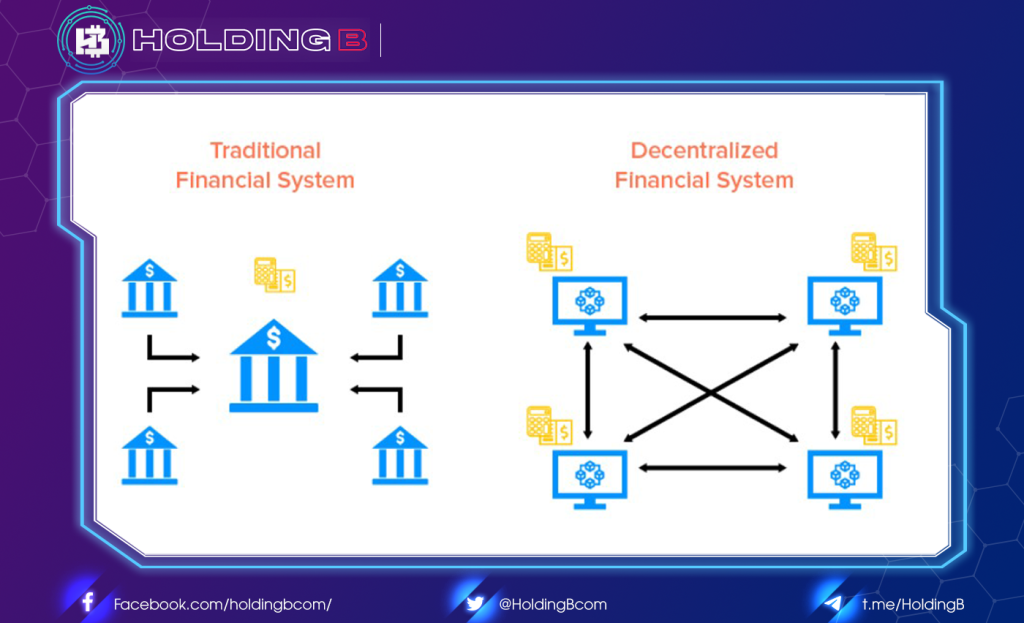
How does DeFi Lending work?
As any financial business’s goal is to make profits, holding crypto assets is not the most profitable means to earn returns, especially amidst such a volatile market. However, Investors have capitalized on this setback, and they are earning better returns from their assets after lending them out at an interest rate. There exists a variety of ways to offer crypto for loans, but lending pools are the most prevalent.
Defi lending is done through lending pools which equate to traditional loan offices in banks. Investors in the lending pools are availed with the option to collect part of their assets and avail to borrowers through smart contracts. The rules and terms of each loan are specific and written on the contract. It is advised that each potential investor or borrower conduct adequate research before settling on any pool to be involved.
Down to the logistics of borrowing a loan on the Defi platform, there has to be collateral. A borrower needs to provide something more valuable in the form of collateral to access the services. This means that before a loan is processed, said borrower is expected to deposit in the smart contract assets in an amount equivalent to what they are borrowing. For example, if you own DAI coins and you wish to borrow one bitcoin, lending pools will need you to deposit as many DAI coins to equate to the price of one bitcoin.
Suppose your loan matures and you receive it, the investor will expect you to repay it on time stipulated with the additional interest. Upon completion and clearance, the pool returns your collateral untouched.
What are the benefits that Defi Lending provides to its users?
- Improved Loan Speeds – Decentralized finances eliminate all third-party actors and entirely rely on AI computations and analytics to request loans. These tech advances help speed up the entire loan process, and when the loans are approved, lenders send their offers through smart contracts.
- Transparency – Blockchain technology keeps its customers anonymous, yet every transaction on the network has to be verified by each user on the network. The kind of transparency ensured in this environment authorizes a more accurate data analysis.
- Permissionless – As long as you are legal with a crypto address, anyone can access Defi applications regardless of their physical location all over the world. Also, there is no minimum amount of funds required to start borrowing.
- Consistency – Unlike traditional lending, where processes have to be mediated by humans probe to bias at various levels, Defi systems automate all these processes. Analyzing details of each applicant and structuring contracts are more accurate on the blockchain.
What are the popular Defi lending and borrowing platforms/ protocols?
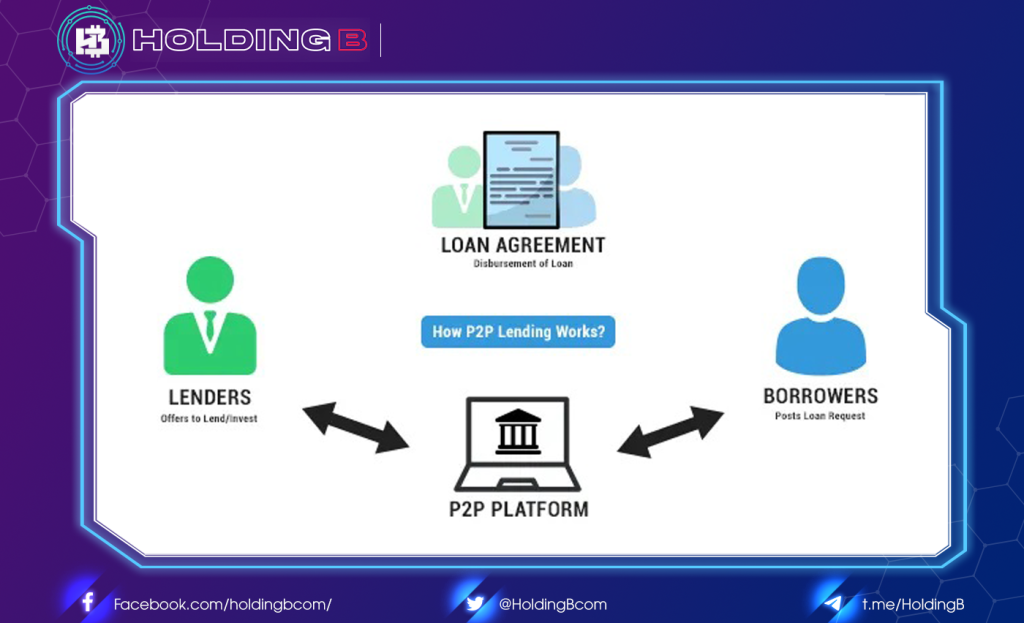
Maker
Maker is a unique Defi crypto lending platform that allows borrowing only DAI tokens. DAI is a stable coin whose value is pegged to US dollars. Anyone can use the Maker to open a vault, lock in collateral like ETH or BAT, and generate DAI as a debt against that collateral. It encourages users to participate in operational earnings through governance fees, which act as interest rates for the network. DAI can be borrowed up to 66% of the user’s collateral value. If the vault falls below the fixed rate, it becomes subject to a 13% penalty and liquidation to bring the vault out of default. At a 3% discount, liquidated collateral is sold in an open market.
Maker’s other token is MKR; holders of MKR act as the last line of defense in case of a black swan event. If the collateral value starts to fall, MKR is minted and sold in an open market to raise more collateral, diluting MKR holders.
Maker’s Oasis Portal is the most popular place to use MakerDAO, allowing opening, managing, and reviewing vaults, deposit DAI into DSR (DAI Savings Rate) and getting updated stats on the entire Maker system.
Aave
It is an open-source and one of the most popular Defi lending protocols launched in 2020. It is a non-custodial liquidity protocol for earning interests on deposit and borrowing assets. This platform allows lenders to deposit cryptocurrencies in a pool and receive an equivalent amount of aTokens (comparable to cTokens of the Compound protocol). Aave algorithmically adjusts interest rates depending on demand and supply. It indicates that the more the user holds aTokens, the better the interest amount.
Compound
It is an algorithmic and autonomous money market protocol intended to unlock a universe of open financial applications. It allows users to deposit cryptocurrencies, earn interests and borrow other crypto assets against them. The use of Smart contracts automates the management and storage of capital on the platform. Web 3.0 wallets such as Metamask allows users to connect to Compound and earn interest. It is a permissionless protocol meaning anyone with a crypto wallet and an internet connection can freely interact.
Recently, Compound launched its governance token ‘COMP.’ It provides voting rights to token holders over things like the decision to incorporate new assets, protocol upgrades or technical upgrades on the platform.
Compound’s native tokens, called cTokens, are used to track positions (supplied assets) in Compound. These tokens are ERC-20 tokens (Ethereum Request for Comments) that display claims to a portion of an asset pool in Compound. For instance, when a user deposits ETH into Compound, it is converted into cETH; likewise, if a stable coin DAI is deposited, it is converted to cDAI. In multiple coin deposition cases, they will each earn interests based on their interest rates. It means cETH will earn a cETH interest rate and cDAI will earn a cDAI interest rate.
Compound finance supports various lending and borrowing assets, including DAI, ETH, WBTC (Wrapped Bitcoins), REP, BAT, USDC, USDT, and ZRX.
See ya in the next article !
Don’t forget to follow useful articles about Crypto Market from team Holding B !!!
- Telegram Channel: https://t.me/HoldingBcom
- Telegram Group: https://t.me/HoldingB
- Website: https://holdingb.com/
- Twitter: https://twitter.com/HoldingBcom
- Facebook: https://www.facebook.com/holdingbcom


